Nasal congestion is a common condition that affects millions of people worldwide. Whether it’s due to allergies, sinusitis, or the common cold, nasal congestion can be bothersome and impact our daily lives. Thankfully, saline nasal rinse, also known as nasal irrigation, offers a natural and effective solution for relieving nasal congestion and promoting sinus health.
In this comprehensive guide, we will delve into the details of how to use saline nasal rinse effectively, discuss the best time of day for rinsing, recommend some top-rated saline nasal sprays, explore the benefits of incorporating baking soda into your rinse, provide a recipe for a homemade nasal rinse bottle, explain the sinus flushing technique, and address any potential risks associated with nasal rinsing.
How to Use Saline Nasal Rinse Bottle
Using a nasal rinse bottle correctly is crucial to ensure the effectiveness of the rinse and minimize any discomfort. Here’s a step-by-step guide:
- Start by thoroughly washing your hands to maintain proper hygiene.
- Fill the nasal rinse bottle with a pre-measured saline solution or prepare your own saline solution using sterile water.
- Position yourself over a sink or stand in the shower to avoid any mess.
- Tilt your head forward slightly and turn it to one side, keeping your mouth open.
- Insert the nozzle of the rinse bottle into one nostril, forming a tight seal.
- Squeeze the bottle gently to allow the saline solution to flow into your nostril.
- Allow the solution to pass through your nasal passages and exit through the other nostril. Breathe gently through your mouth during this process.
- Repeat the process on the other nostril.
- After rinsing both nostrils, gently blow your nose to remove any excess solution.
Best Time of Day to Do Nasal Rinse
The timing of your nasal rinse can significantly impact its effectiveness. While there is no universal best time for everyone, consider the following factors:
- Morning: Many individuals prefer rinsing in the morning to clear out mucus that has accumulated overnight.
- Allergy Seasons: If you suffer from seasonal allergies, rinsing in the evening can help remove allergens accumulated during the day.
- Before Bed: Rinsing before bed can help alleviate congestion and promote better sleep.
Use a Saline Nasal Spray
Recommended Products from Amazon Saline nasal sprays are convenient and cost effective alternatives to nasal rinse bottles. Here are some highly recommended options available on Amazon:
Xlear Nasal Spray
This natural saline nasal spray contains xylitol, which helps moisturize and soothe nasal passages.
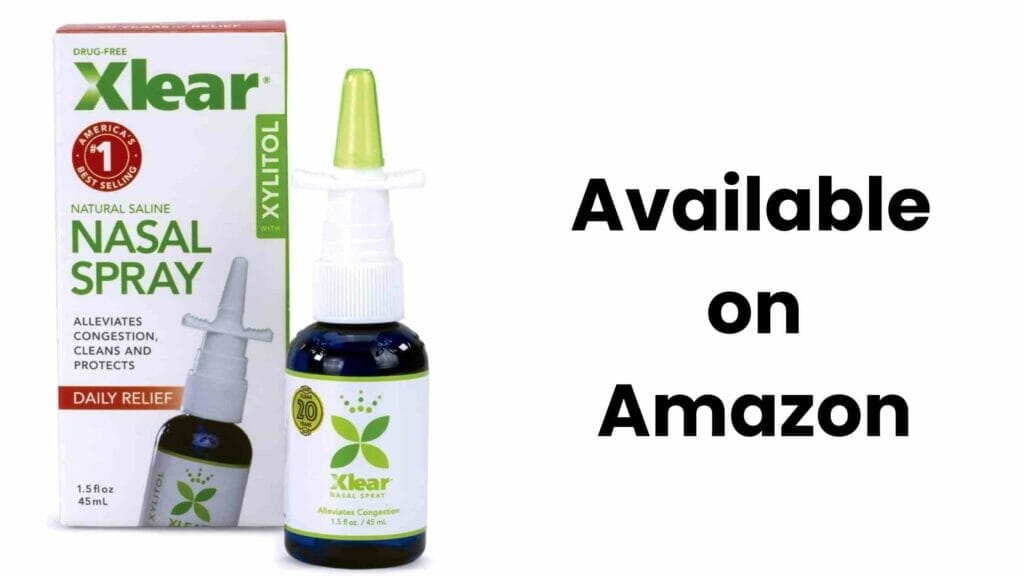
NeilMed Sinus Rinse
A popular brand offering a range of saline nasal rinse products, including premixed packets and squeeze bottles.
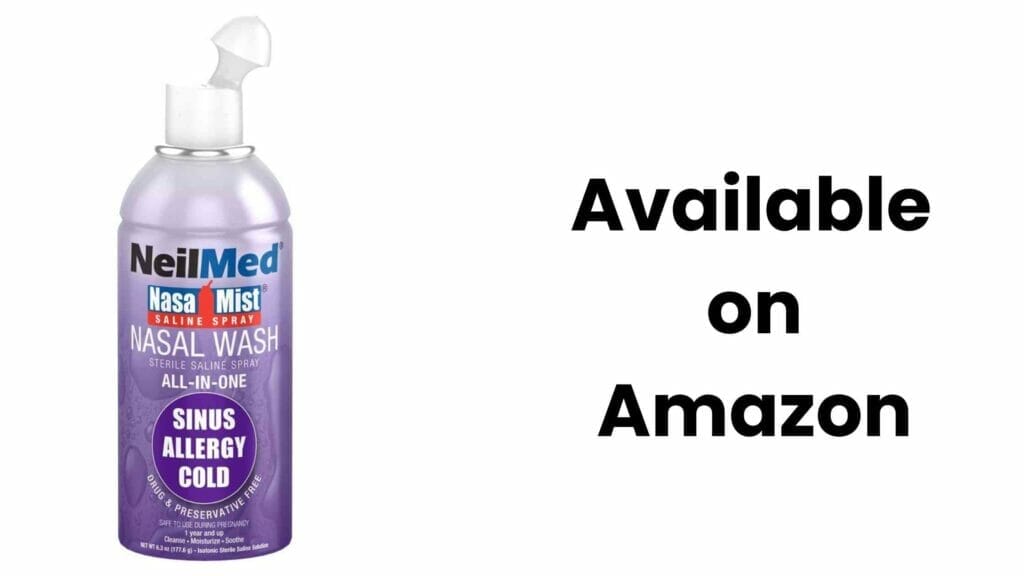
Ayr Saline Nasal Gel
A gel-based saline spray that provides long-lasting relief from dryness and congestion.
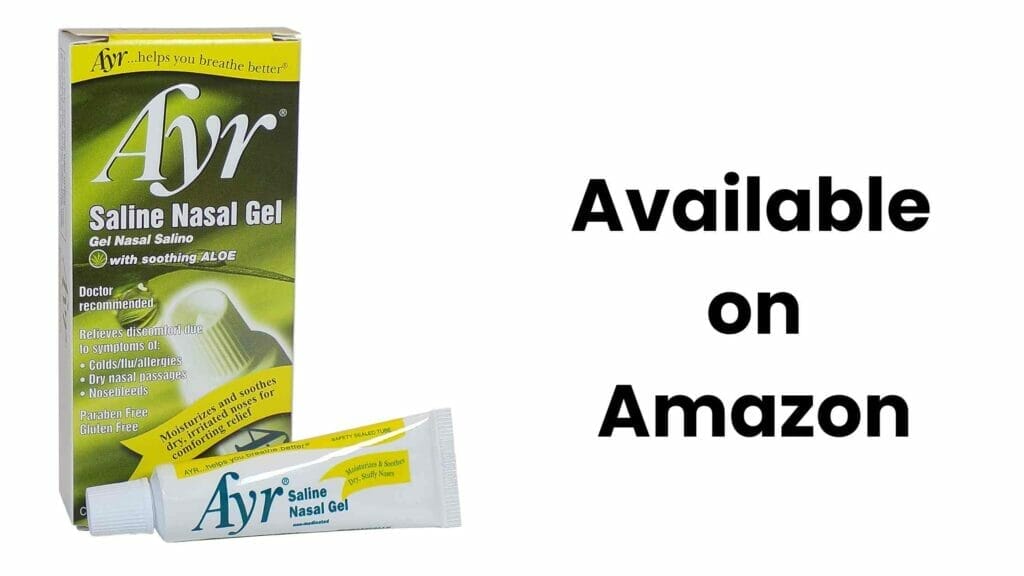
Why Use Baking Soda in Nasal Rinse
Incorporating baking soda into your saline nasal rinse offers several benefits:
- Alkaline Balance: Baking soda helps maintain the natural pH balance in your nasal passages, preventing excessive dryness.
- Enhanced Cleaning: Baking soda’s mild antiseptic properties can help cleanse and clear mucus effectively.
- Reduced Irritation: The addition of baking soda can reduce the stinging or burning sensation sometimes experienced during rinsing.
Homemade Nasal Rinse Bottle
If you prefer a DIY approach, creating a homemade nasal rinse bottle is simple and cost-effective. Here’s a guide to making your own:
- Sterilize a squeeze bottle with a removable nozzle or a neti pot.
- Mix 1 teaspoon of non-iodized salt and 1/2 teaspoon of baking soda in 2 cups of sterile water.
- Pour the saline solution into the sterilized squeeze bottle or neti pot.
- Follow the instructions provided earlier for using a nasal rinse bottle.

Saline Nasal Rinse Recipe
Preparing a saline solution for nasal rinsing at home is easy. Here’s a simple recipe:
Ingredients
- 1 teaspoon of non-iodized salt (e.g., kosher salt, sea salt)
- 1/2 teaspoon of baking soda
- 2 cups of distilled or sterile water (previously boiled and cooled)
Instructions
- Dissolve the salt and baking soda in the distilled or sterile water.
- Stir until both ingredients are completely dissolved.
- Store the solution in a clean, airtight container.
- Ensure proper labeling and storage to avoid confusion.
How to Flush Your Sinuses at Home

Sinus flushing is a technique that provides a more thorough cleanse of the sinuses. Follow these steps to flush your sinuses:
- Prepare a saline solution using the recipe provided earlier.
- Fill a bulb syringe or a sinus rinse bottle with the saline solution.
- Lean over a sink or stand in the shower, tilting your head forward.
- Insert the tip of the syringe or the nozzle of the rinse bottle into one nostril.
- Gently squeeze the bulb syringe or the rinse bottle to flush the saline solution into your nostril.
- Allow the solution to flow through your nasal passages and exit through the other nostril.
- Repeat the process on the other nostril.
- After flushing both nostrils, gently blow your nose to remove any excess solution.
Sinus Rinse Dangers – Is Nasal Irrigation Device Safe to Use?
While saline nasal rinses are generally safe, it’s essential to be aware of potential risks and take necessary precautions:
- Use Sterile Water: Always use distilled or sterile water to prevent introducing harmful bacteria or parasites into your nasal passages.
- Proper Technique: Follow the instructions carefully to ensure proper technique and minimize the risk of discomfort or injury.
- Frequency: Avoid excessive rinsing, as it can disrupt the natural balance of your nasal passages.
- Seek Medical Advice: If you experience severe pain, persistent bleeding, or any other concerning symptoms, consult a healthcare professional.
Conclusion
Saline nasal rinse is a safe and effective method for alleviating nasal congestion and promoting sinus health. By following the steps outlined in this comprehensive guide, you can confidently incorporate nasal rinsing into your daily routine. Whether you choose a nasal rinse bottle or a saline nasal spray, maintaining proper hygiene and adhering to recommended guidelines will help you achieve optimal results. Enjoy the benefits of clear nasal passages and breathe easier!
FAQs
Can saline nasal rinse be used for children?
Yes, saline nasal rinse is safe for children. However, it is recommended to consult with a pediatrician for specific guidance on the appropriate technique and frequency for children.
Can I use tap water for nasal rinsing?
Tap water is not recommended for nasal rinsing, as it may contain impurities and potentially harmful microorganisms. Stick to distilled or sterile water to ensure safety.
How often should I perform nasal rinsing?
The frequency of nasal rinsing varies depending on individual needs and symptoms. It is generally safe to rinse once or twice daily, but consult your healthcare provider for personalized recommendations.
Can I reuse the saline solution?
It is best to prepare a fresh saline solution for each nasal rinse session. Discard any unused solution to maintain hygiene and prevent contamination.
Is nasal rinsing addictive?
Nasal rinsing is not addictive. It is a natural and beneficial method to alleviate congestion and maintain sinus health.



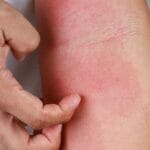
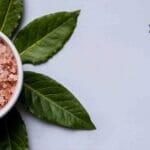

0 Comments